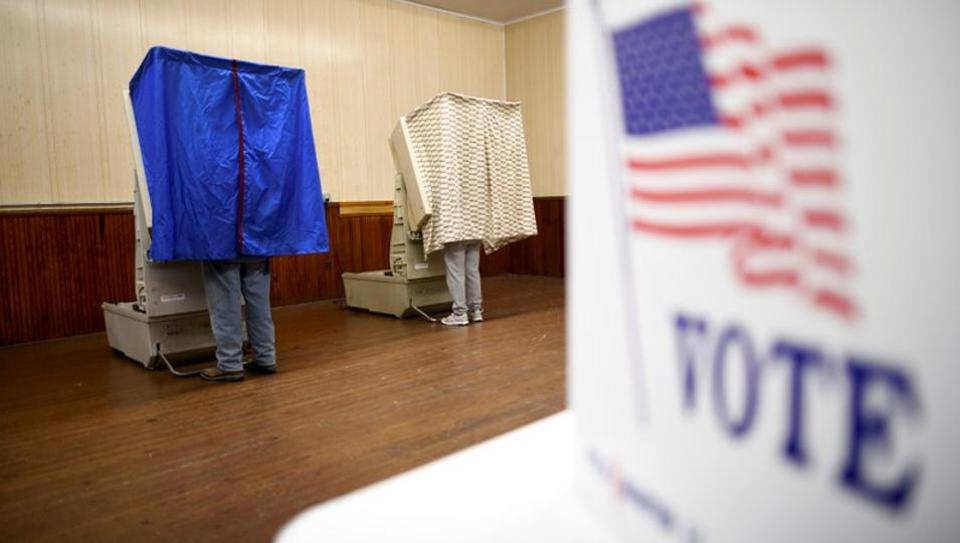Washington: For those accustomed to India’s first-past-the-post general elections, the US presidential election is a confounding system that includes primaries, caucuses, an electoral college, the ‘early voting’ option, the so-called battleground states — and no federal Election Commission.
But there is a fixed date for presidential elections: the first Tuesday after the first Monday of November every fourth year. And the race, most likely, has only two serious contenders, one from the Democratic Party (this time, Vice President Kamala Harris) and the Republican Party (Donald Trump).
The voters, however, don’t just pick the man or woman they want as President. The ballot paper could include options to pick representatives to the state legislatures and even local bodies. And voters could also be asked to participate in “referendums” on issues before the lawmakers in that particular state.
For example, legalising recreational marijuana is on the ballot papers in Florida, North Dakota and South Dakota. Colorado wants to know this time if proceeds from a sales tax on guns should be spent to help victims of crime.
State administrations conduct elections. So, processes vary. Opening and closing times at polling centres can be different from state to state. And if you think about it, November 5 is just another date. Depending on their state, people have mailed in their ballot papers or used drop boxes to cast their vote days earlier.
In many states, a driving licence is about the only document you have to produce before casting your vote. An election ID card is just something that Trump wants everyone to possess.
The process begins months ahead of the so-called polling date. Parties pick their candidates through primaries and caucuses held across states.
Technically, voters don’t pick the man or woman they want to be the next president. They vote for presidential electors – a body of eminent people chosen earlier from each state. Broadly, each state gets a certain number of electors based on its representation in the US House and Senate.
But when it comes to the crunch, it’s not proportional representation. If Kamala Harris wins the popular vote in ‘battleground’ or swing state Pennsylvania, she wins the votes of all 19 electors from the state — even if there is space here for some legalistic quibbling later on.
The presidential electors from Pennsylvania form part of the 538-member electoral college drawn from all states. The candidate who wins 270 or more votes nationwide is the next President.
Usually, the candidate who wins the electoral college vote has also won the majority of the popular vote. But there have been exceptions – twice in the last six US presidential elections. Hillary Clinton’s lost to Donald Trump in 2016 despite winning the nationwide popular vote.
Unlike the Indian system, there is no cooling off period between the campaigning and the polling, and between the polling and the counting.
Several hours before centres opened for polling across the country, the tiny New Hampshire resort town of Dixville Notch finished with its own in-person voting –- following a tradition that allows it to be the first.
At the stroke of midnight, its six voters began casting their ballots. Fifteen minutes later the vote count was complete – a 3:3 split between Harris and Trump.
Within a couple of hours of polls closing in most states, counting trends to hazard predictions could be available from at least some of the battleground states. These swing state, which can turn an election, are Arizona, Georgia, Michigan, Nevada, North Carolina, Pennsylvania and Wisconsin.
PTI
